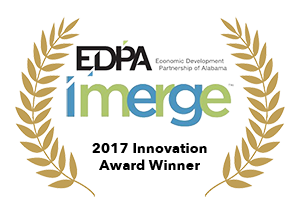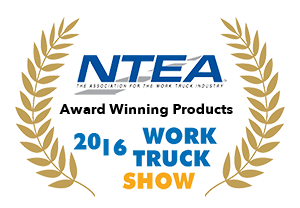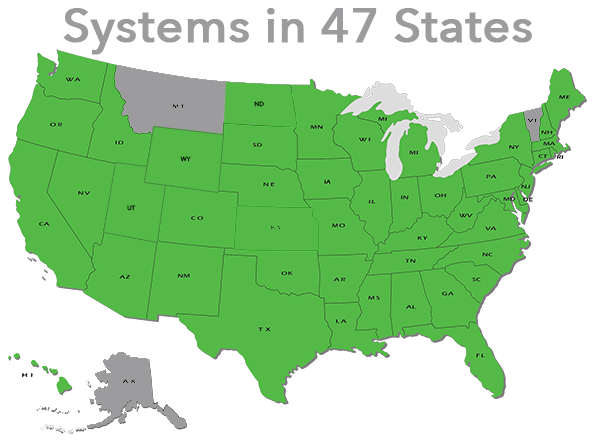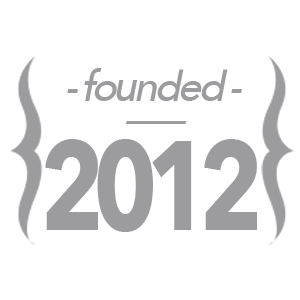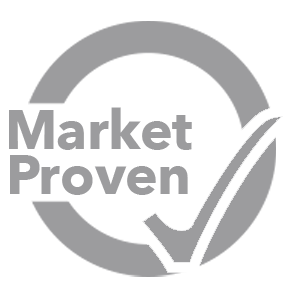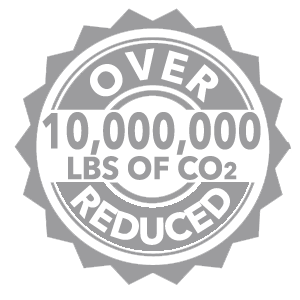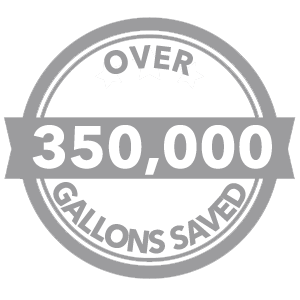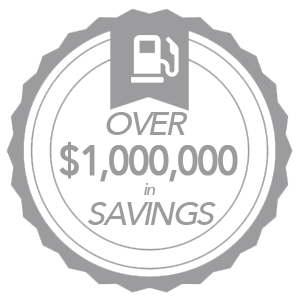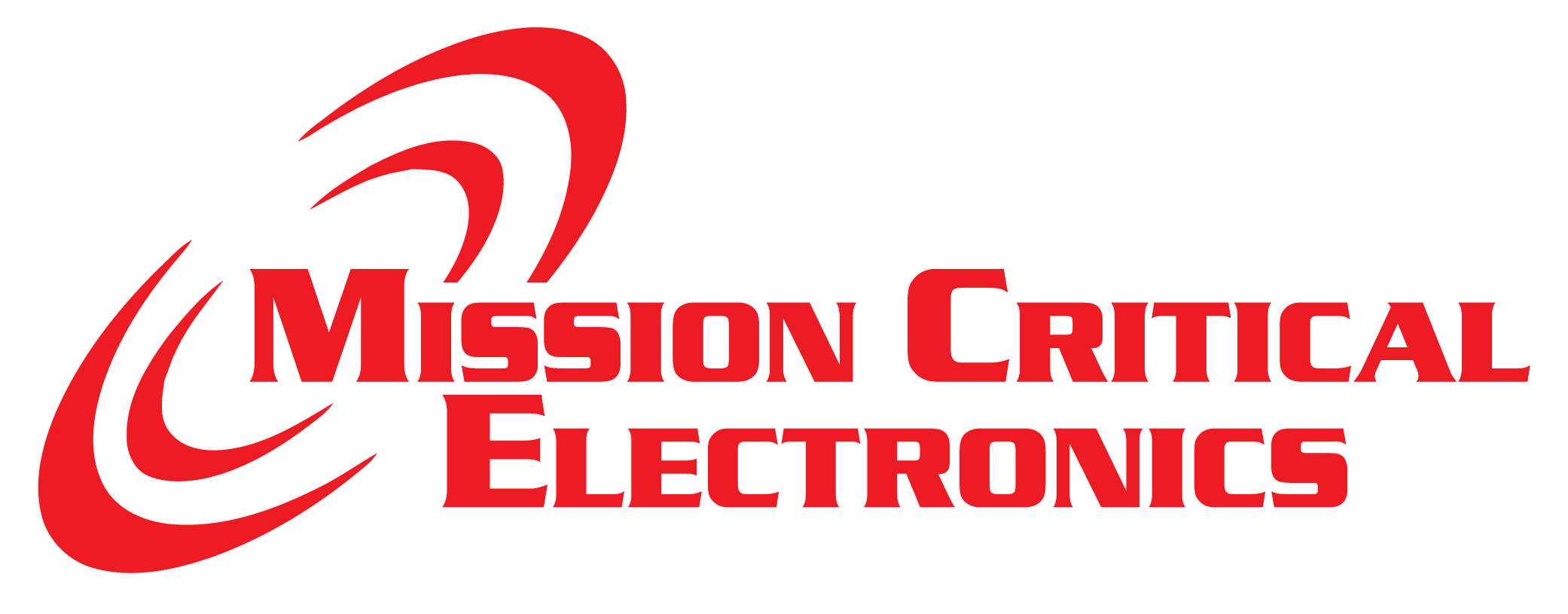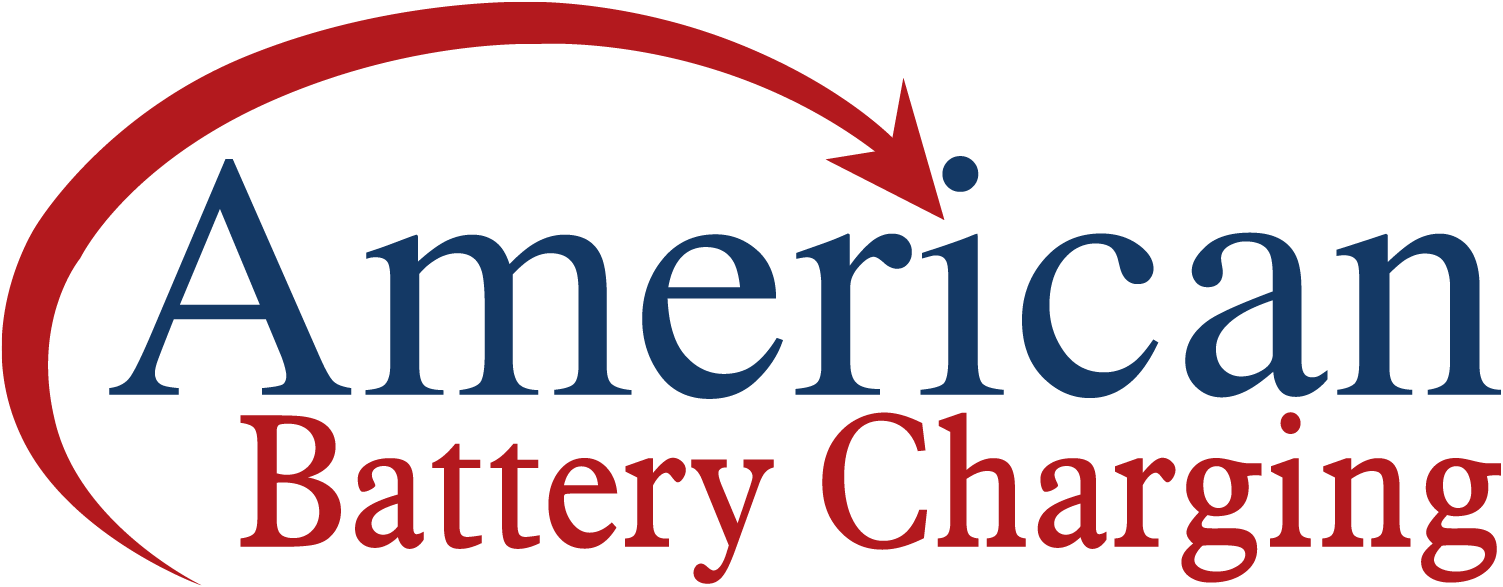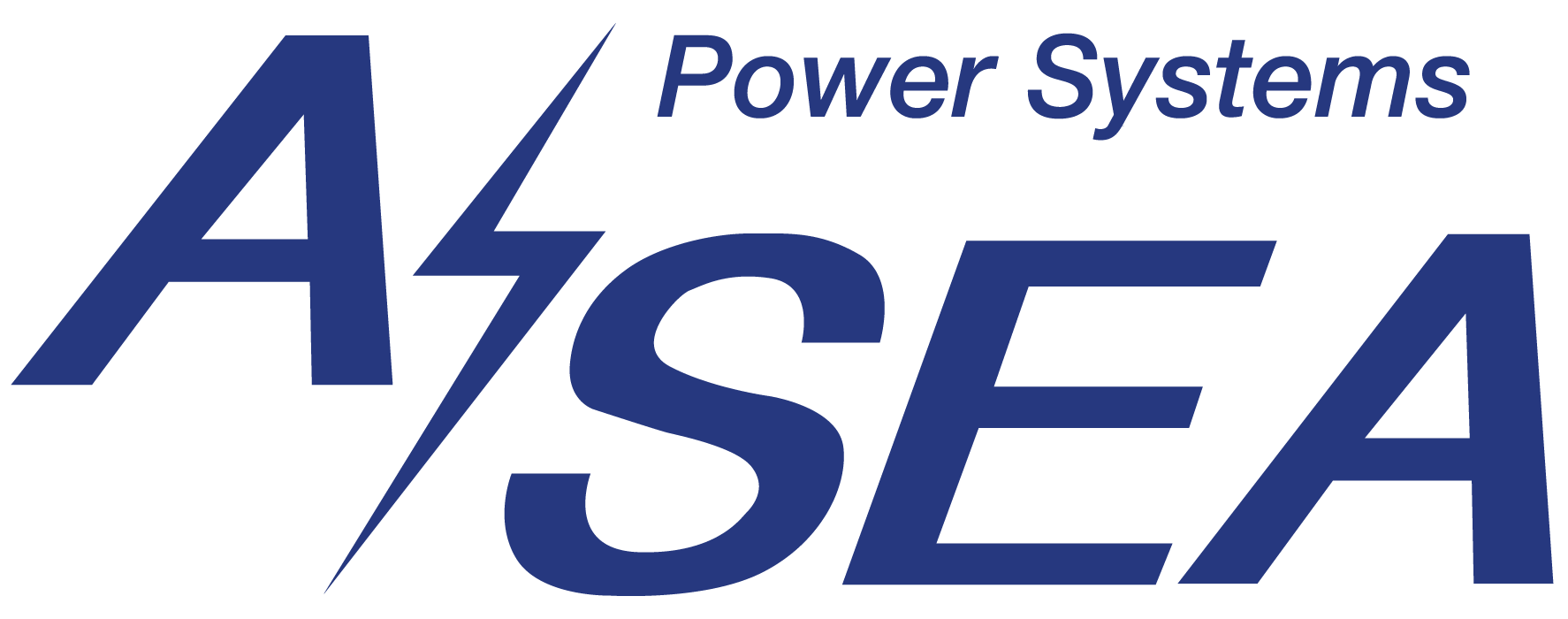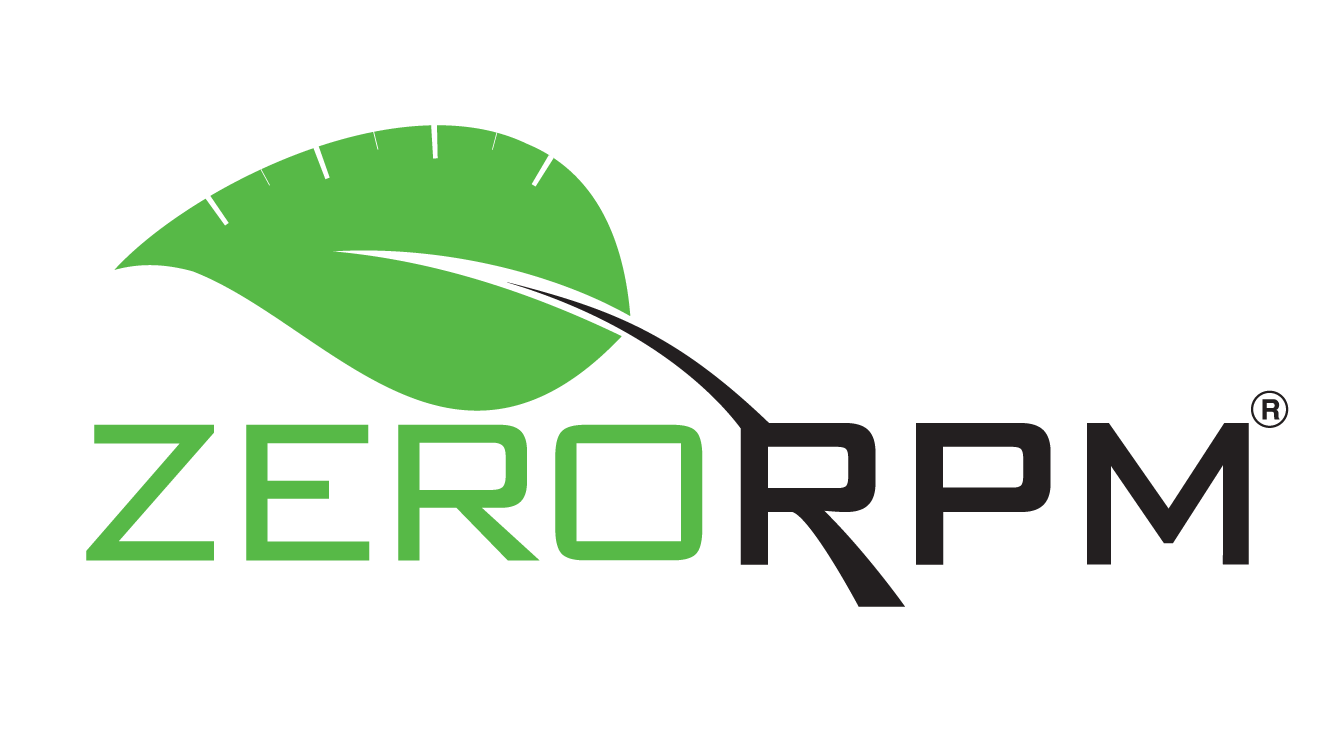Q&A: Financing Energy Efficiency Upgrades for Your Home through PowerSaver Loans
Steve Dunn with the Energy Department’s Building Technologies Office, Better Buildings Residential Program gives us the “411” on a new loan program – available through May 4 – that helps homeowners finance energy efficiency upgrades.
What are the benefits of financing and making energy efficiency upgrades?
DUNN: For starters, increasing your home’s energy efficiency can improve indoor comfort and lower electricity costs. A visit by a certified energy auditor, through programs such as Home Performance with ENERGY STAR, the Building Performance Institute, or Residential Energy Services Network (RESNET) is a preferred method to diagnose air leaks and evaluate how well a room is insulated. This analysis can help determine why one part of your house seems hot, while another part seems cold. Several factors affect a room’s ability to maintain a comfortable room temperature. Fixing these problematic areas can also improve indoor air quality.
The key to saving energy is to take a whole-house approach—by viewing your homes as an energy system that is connected through several related parts. Taking a whole-house approach ensures that the dollars you invest in saving energy are spent wisely and deliver maximum savings, and that your house is more comfortable. Financing a home upgrade through the PowerSaver loan program enables homeowners to address multiple opportunities for energy savings while improving home comfort, health and safety.
Can you explain how the PowerSaver loan program works?
DUNN: The Federal Housing Administration (FHA)-backed PowerSaver loan program is available to help finance energy-saving home improvement projects. This low-interest loan pilot program, supported by the U.S. Department of Housing and Urban Development (HUD), helps homeowners optimize home energy performance by:
Replacing doors and windows. Upgrading HVAC and hot water systems. Installing renewable energy systems such as solar panels and small wind power systems. Upgrading a whole home through the Home Performance with ENERGY STAR program. Improving energy efficiency as part of a major renovation (as part of a home purchase or refinancing).Unfortunately, a lot of energy is wasted in our homes through leaky windows, old appliances and inefficient heating and cooling systems. Even a top-of-the-line, energy-efficient furnace will waste a lot of fuel if the ducts, walls, attic, windows, and doors are leaky or poorly insulated. PowerSaver loans cover a variety of projects, such as air sealing to more extensive HVAC system repairs and replacement. Renewable energy systems, such as solar thermal hot water systems and geothermal heat pumps, are also covered. Under the PowerSaver loan program, homeowners can explore these three options:
PowerSaver Home Energy Upgrade—Up to $7,500: This type of loan is for smaller projects such as insulation, air and duct sealing, water heating, and upgrading or replacing heating and cooling equipment. This is an unsecured consumer loan—no home appraisal is required. View a list of participating lenders. PowerSaver Second Mortgage—Up to $25,000: Larger home improvement projects that may include energy efficiency, solar photovoltaic, solar hot water, geothermal ground source heat pumps, or other renewable energy projects can be financed with this type of loan. View a list of participating lenders. PowerSaver Energy Rehab—First mortgage up to FHA loan limits: This loan is for a home purchase or home refinancing. It can be used for energy efficiency improvements as part of an FHA rehabilitation first mortgage, also known as 203(k).View a list of participating lenders.Homeowners that are interested in installing solar energy systems can now combine these projects with energy efficiency upgrades to achieve even greater energy savings with the added benefit of improved comfort, health and safety of their home. For example, Kilowatt financial, a PowerSaver lender, now offers energy efficiency loans in 40 states, and a combination of solar power purchase agreements or solar leases and energy efficiency loans in nine states.
Can you provide a PowerSaver loan program success story?
Yes – many homeowners have now taken out PowerSaver loans, for improvements including new high efficiency HVAC systems, whole-home upgrades, solar PV systems and more.
In Maine, a PowerSaver loan helped one resident transform her cold, drafty 1930s bungalow to an energy-efficient home that lowered energy costs by 50- 60%. Typical energy savings for most homeowners making comprehensive energy upgrades averages 20-25%.
The owner began with an energy audit in her 1,000 square-foot home. With a PowerSaver loan, she borrowed $25,000 with a 4.9% interest rate. The homeowner’s monthly loan payment is $170, but she is saving $200 to $300 each month on heating costs during the winter. In addition, she received $2,300 in tax credits and utility rebates. Not only did the loan enable her to solve her energy problems, but she also addressed the managed to integrate radon mitigation and resolved a mold issue in her wet basement. See the Energy Department PowerSaver fact sheet for additional details.
In Charlottesville, Virginia, community-based UVA Community Credit Union offers low-interest PowerSaver loans to its members, in partnership with the non-profit Local Energy Alliance Program (LEAP). Hundreds of homeowners have utilized UVA Community Credit Union’s PowerSaver loans to make energy efficiency improvements to their homes, including air sealing and insulating ductwork, attics and living spaces, installing new high efficiency heating and cooling systems and hot water heaters. Participating homeowners achieved energy savings of 20 - 40% or more while improving home comfort, health, and safety. Read more about UVA’s PowerSaver program.
What makes PowerSaver loans different from other types of loans?
DUNN: PowerSaver is a HUD insured loan program that offers a secure, convenient and affordable way to finance energy efficiency and renewable energy upgrades.
PowerSaver loans offer long-term (up to 15 years for energy efficiency improvements and 20 years for renewable energy systems); fixed rate financing with no prepayment penalties. Longer terms can mean lower monthly payments for homeowners. HUD approved lenders offer incentives that pay for closing costs on PowerSaver loans. PowerSaver has established minimum energy efficiency standards and program guidelines, such as ENERGY STAR qualified equipment, that all participating lenders and contractors must follow so homeowners know they are getting the right kind of equipment.Homeowners can work with a participating Home Performance with ENERGY STAR Program Sponsor or a BPI certified contractor. Both offer quality assurance and training and certification requirements for contractors.
How do homeowners get started?
DUNN: Interested homeowners should act soon since May 4, 2015 is the last day to submit a loan application to a lender for the program. Some of the participating lenders will continues to offer other energy efficiency loan options; however they will not include the incentives that are available under the PowerSaver pilot. Homeowners are encouraged to check with individual lenders for additional information.
Homeowners can also get started by contacting a PowerSaver lender directly, a Building Performance (BPI) contractoror the Energy Department’s PowerSaver loan program support team at This email address is being protected from spambots. You need JavaScript enabled to view it..


